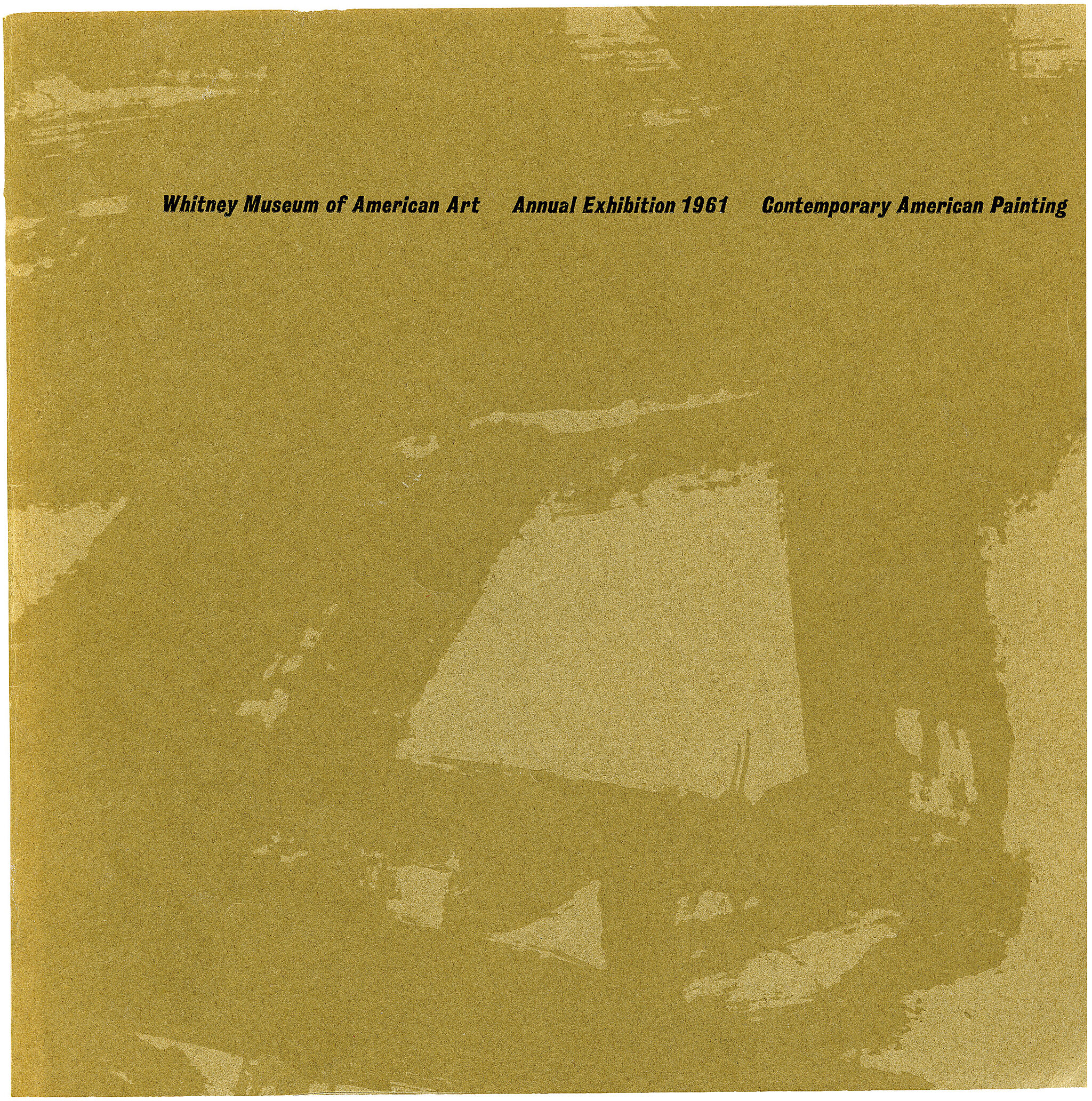Robert Rauschenberg
1925–2008
Throughout a career that spanned more than half a century, Robert Rauschenberg remained a relentlessly pioneering figure in American art. Employing a cross- disciplinary approach, he inventively fused painting, sculpture, collage, photography, and printmaking into new, hybrid forms. His interest in using everyday items in his work—perhaps developed in reaction to the formal investigations of his Abstract Expressionist predecessors—led him to incorporate an array of found imagery and objects culled from the world around him. As he famously stated: “Painting relates to both art and life. . . . I try to act in that gap between the two.”
In Yoicks, created in 1954, the artist layered red paint, fabric, and newspaper, echoing the innovations of early twentieth- century Dada collage and signaling the growing importance of assemblage techniques in the 1950s. That same year Rauschenberg embarked on a body of works referred to as “Combines”— compositions that contain aspects of both painting and sculpture. These explorations began with Combine paintings, which were mounted on the wall, and later shifted to emphatically three-dimensional, freestanding works. In the Combine painting Satellite the artist included a stuffed pheasant, delicately perched atop the work, and embedded a pair of socks, among other items, within the composition. “A pair of socks,” he later asserted, “is no less suitable to make a painting with than wood, nails, turpentine, oil, and fabric.” Although he resisted specific interpretations of these works, Rauschenberg acknowledged that his choice of materials was in part a reflection of postwar American culture: “I was bombarded with TV sets and magazines, by the refuse, by the excess of the world. . . . I thought that if I could paint or make an honest work, it should incorporate all of these elements, which were and are a reality.”
In the early 1970s, after relocating from New York to Captiva, Florida, Rauschenberg turned his attention to working with found cardboard boxes. As he later explained: “When I moved to Florida . . . I thought, okay . . . [I] can’t be dependent on the surplus and refuse of an urban society. So, what material, no matter where I was in the world, would be available? Cardboard boxes! It was sort of a practical, rational decision.” With minimal manipulation and no decorative flourishes, Rauschenberg combined the boxes into a series of wall sculptures called the Cardboards. While renewing his long-standing interest in collage-based work, his emphasis on a more straightforward formal engagement with the humble medium connects the work to the approach and modest materials of the Arte Povera artists working in Italy during the late 1960s and early 1970s. Glass/Channel/Via Panama (Cardboard) features five wall-mounted and freestanding cartons with lettering and markings denoting their former contents and origins, including “Fragile Glass” and “New York via Panama.”
In the Cardboards, as with most of his work, Rauschenberg resisted repeating the tropes of earlier movements, as well as his peers’ predilection for the Minimalist cube, explaining with his signature wit: “The cardboard was really stubborn and attempted to make me a cubist, and I wouldn’t let it happen.” The series thus marked yet another period of active experimentation in a prolific career that left an indelible mark on twentieth-century art.
Introduction
Robert Rauschenberg attended Black Mountain College in North Carolina, where he studied with Josef Albers and was influenced by fellow student John Cage. Rauschenberg subsequently moved to New York. An early and notorious piece involved the erasure of a DeKooning drawing. In 1953, he began creating sculptures using organic materials and common items. By 1963, Rauschenberg had become so well-known that he had a retrospective exhibition at the Jewish Museum. By the 1970s, Rauschenberg had begun experimenting with performance art and film.
Country of birth
United States
Roles
Artist, assemblage artist, choreographer, collagist, designer, lithographer, mixed-media artist, painter, performance artist, photographer, sculptor, serigrapher
ULAN identifier
500002941
Names
Robert Rauschenberg, Matson Jones, Rauschenberg, Bob Rauschenberg, Milton Ernest Rauschenberg, Robert Milton Ernest Rauschenberg
Information from the Getty Research Institute's Union List of Artist Names ® (ULAN), made available under the ODC Attribution License. Accessed December 19, 2025.





















